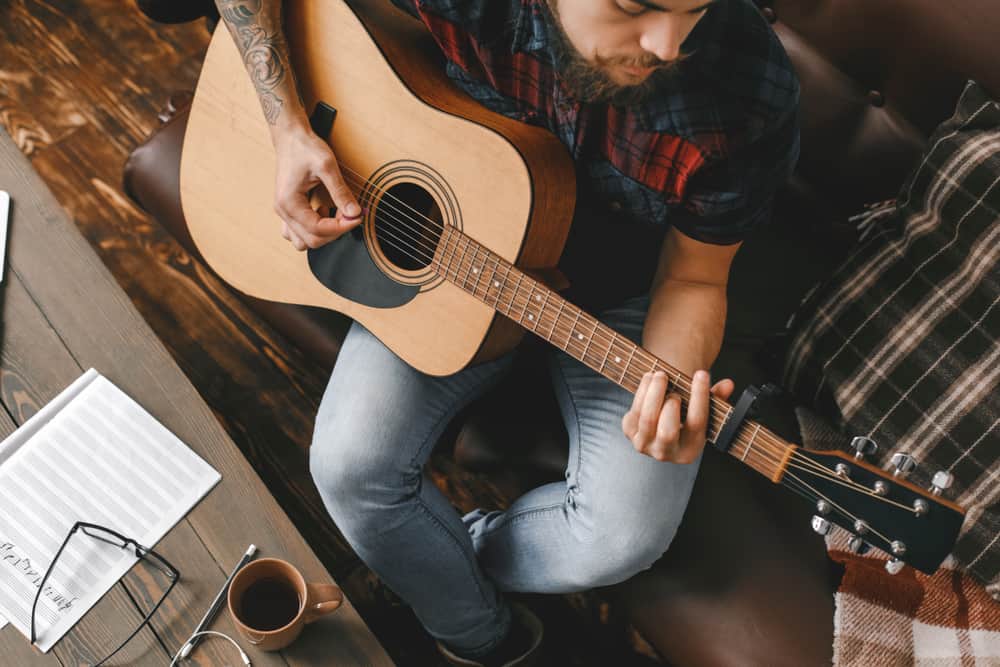Becoming a Composer or Conductor does require the ability to play at least one instrument well, along with strong musicianship skills. These skills include ear training, reading, writing (transcription), performance, blending, and understanding of phrasing and rhythmic feel in music.
I also believe that having a large repertoire is of great use to a Composer, since learning to play copious amounts of music is a specialized kind of training for the memory and for muscle memory (whether playing or singing). Besides these basic musicianship skills, Composers need other specialized musical skills such as arranging, music production, and improvisation.
This last skill is especially important to Composers, as there is a close relationship between composing and improvising. I like to say they are two sides of the same coin:
- Improvising is composing speeded up
- Composing is improvising slowed down
Mozart, one of the greatest Composers of his time, was known to improvise at the keyboard for hours at parties. The ability to create original improvisations on your instrument (or voice) is indeed very closely related to the core process of composing music.
With both improvising and composing, you must first “hear” the music in your head, and then use your technique and skill to either play it immediately on an instrument or write it down, which takes a bit longer. Both improvising and composing skills can be improved with ear training, transcription practice, sight singing exercises, and building repertoire, all practices serving to improve memory.
A trained musical memory is a great asset to anyone wishing to perform or compose music.
